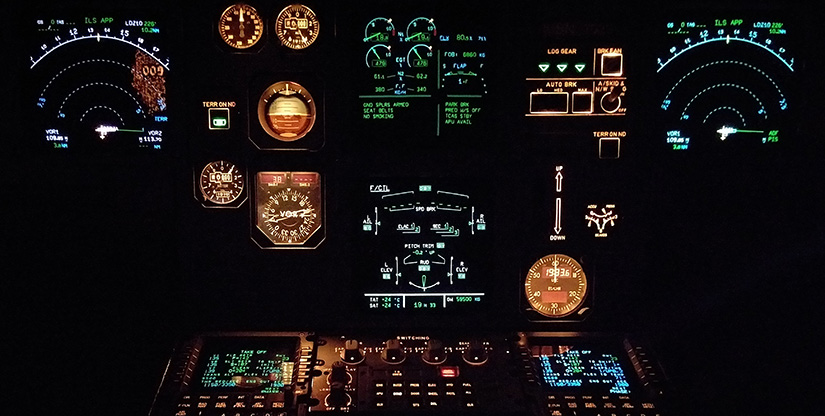- Matt Edison
- Austin-Glenmore Blog
- Hits: 15394
An Artificial Horizon
The probable cause of the fatal crash that claimed three lives was "Kennedy's failure to maintain control of the airplane during a descent over water at night, which was a result of spatial disorientation".
The probable cause of the fatal crash that claimed three lives was "Kennedy's failure to maintain control of the airplane during a descent over water at night, which was a result of spatial disorientation". This is the conclusion from the US National Safety Transportation Board (NTSB) after investigating the July 16, 1999 crash of John F Kennedy Jr.’s Piper Saratoga off the coast of Martha’s Vineyard. What does the NTSB conclusion actually mean and can we learn from this to help us in business?
“Spatial disorientation” means that Kennedy became incapable of appreciating the orientation of his plane in the airspace. In other words, his human senses were unable to determine which way the airplane was angled. This is roll and pitch in pilot parlance. I have seen documentaries of novices exposed to similar flying conditions, nighttime and haze which obscured the horizon, who end up not even slightly appreciating they were in a deep dive.
Kennedy was originally set to take off during daylight hours at 6:00PM but due to his sister-in-law’s work conflict and then heavy airport traffic they did not take off until 8:39 PM. He had earned his pilot’s license the year before, bought the aircraft three months ago and was enrolled in an instrument course to be licensed to fly without benefit of a clearly visible horizon.
The flight path he chose to ostensibly save time took him out over a thirty mile stretch of open ocean instead of hugging the coast line with its ground lights to aid with orientation. With the moon low on the horizon, no ground based light sources available and a slight haze, the horizon line between the sky and the water is very difficult if not impossible to make out. His final approach to Martha’s Vineyard would be without benefit of a horizon line leading to impaired depth perception and orientation.
Airplanes are equipped with an instrument for the specific purpose of allowing the pilot to control for roll and pitch. It’s called an artificial horizon or altitude indicator and is located in the top middle of the standard flight instrument “T” cluster. This is the flight instrument that’s located most prominently right in front of the pilot. It’s this instrument that if John Kennedy looked at and, most importantly trusted more than his instincts, he might have been able to correct his final approach.
While this event is without question a tragedy its circumstances parallel many we find in business. We may take on a new role or a new company without the benefit of long experience and proper training. Conditions may change unexpectedly and we decide to “go for it” because we believe it should be okay given what we know and not appreciating how things could change. Others may offer us help and advice but since we think “I’ve got this” we decline their offers and go it alone. And most importantly, we may have flight instruments for our business that we refer to but actually don’t trust when the pressure is on.
Or we may not have any flight instruments at all. We have “arrival time performance history” that we look at each month in the form of sales reports, P&Ls and maybe a statement of cash flows. But leading indicators or flight instruments most people don’t generally invest time and effort in developing and testing. We are too used to going with our gut since it’s done well by us so far and since we’re not in the business of building flight instruments for our business.
If tax accountants, lawyers and personal financial planners are part of our normal business support team why aren’t business instrument professionals included? If you look at your dashboard, that is if you have a dashboard at all, do you have an artificial horizon instrument that helps you best avoid crash landing?
What would your flight instrument panel look like if you had one to pilot your business to a successful landing? Grab a piece of blank paper and give it a go. If you get stuck, give us a call. We’d be glad to help.



